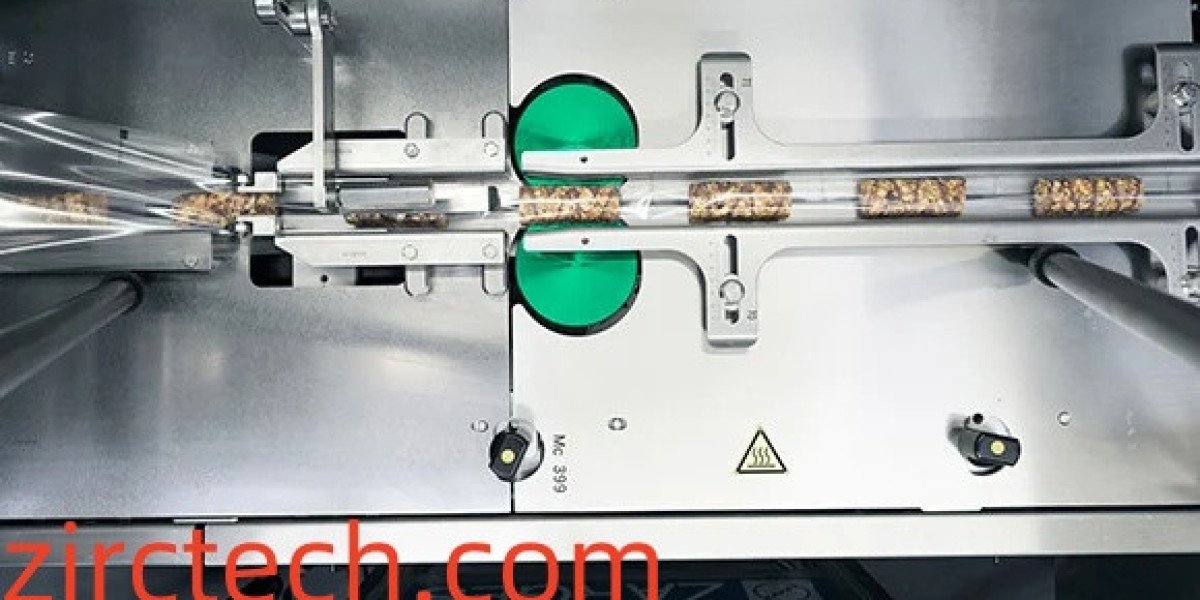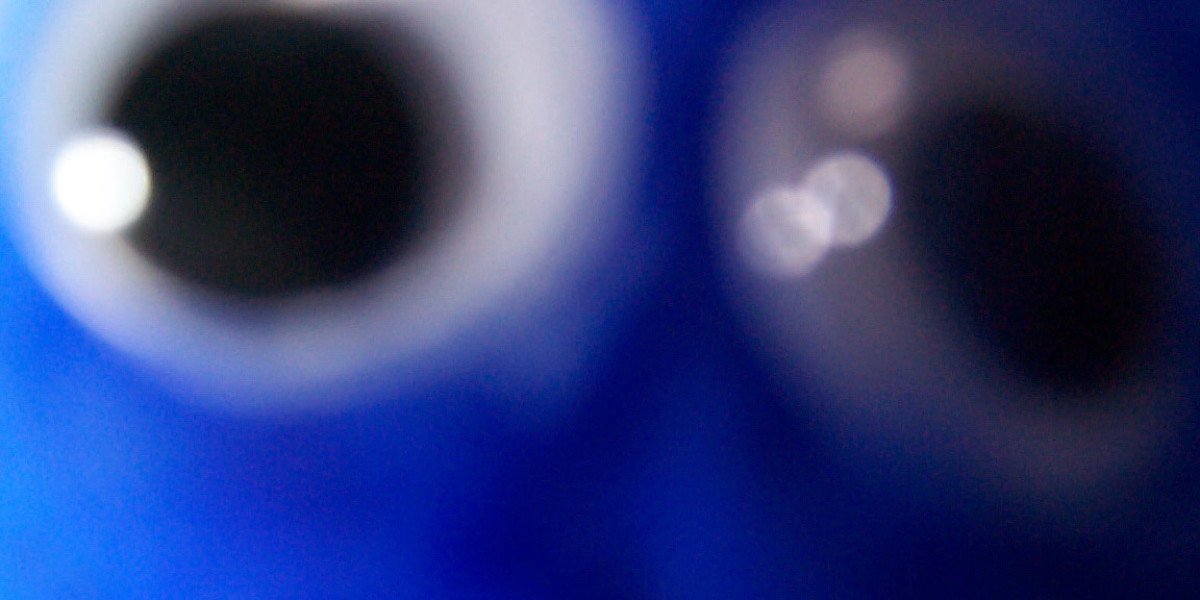Test And Anavar Cycle Review + Dosage All Test Types
Below is a practical "cheat‑sheet" you can keep on your desk, in your phone or print out.
Everything is broken down into what to eat, how much and when, so that you never have to guess.
---
1️⃣ Quick‑Reference Macro Targets
| Goal | Daily Calories | Protein (g) | Fat (g) | Carbs (g) |
|---|---|---|---|---|
| Weight Gain | 2 200–2 600 kcal | 140–160 g | 70–80 g | 210–260 g |
| Maintain | 1 800–2 000 kcal | 140–150 g | 60–70 g | 170–190 g |
| Weight Loss | 1 400–1 600 kcal | 140–150 g | 50–55 g | 120–140 g |
> Tip: Use a nutrition tracker (MyFitnessPal, Cronometer) to log meals and stay within ranges.
---
3. Sample Meal Plan for the "Maintain" Zone
| Time | Meal | Calories | Protein | Fat | Carbs |
|---|---|---|---|---|---|
| Breakfast | Greek yogurt (1 cup) + granola (½ cup) + berries (½ cup) | 350 | 20 g | 10 g | 55 g |
| Mid‑morning Snack | Apple + peanut butter (2 Tbsp) | 200 | 4 g | 12 g | 23 g |
| Lunch | Grilled chicken breast (3 oz), quinoa (½ cup cooked), mixed veggies | 400 | 30 g | 10 g | 45 g |
| Afternoon Snack | Carrot sticks + hummus (¼ cup) | 150 | 5 g | 6 g | 18 g |
| Dinner | Baked salmon (3 oz), sweet potato, steamed broccoli | 350 | 25 g | 12 g | 30 g |
Total: ~1900 kcal
1.2. Portion Control and Balance
- Protein: Aim for lean sources (~20–30 g per meal). This stabilizes blood sugar and supports satiety.
- Carbohydrates: Prefer complex, fiber‑rich carbs (whole grains, legumes) over refined sugars; this moderates post‑meal glucose spikes.
- Fats: Focus on healthy fats—avocado, nuts, olive oil—to improve insulin sensitivity.
1.3. Timing of Meals
- Breakfast within 30 min of waking: Prevents excessive hunger and reduces risk of overeating later.
- Regular intervals (every 4–5 h): Avoid long gaps that can lead to hypoglycemia or subsequent over‑eating.
2. Managing Blood Glucose Levels
| Step | Action | Why it matters |
|---|---|---|
| Pre‑Meal Check | Test glucose at least 15 min before eating | Helps decide how much carbohydrate and insulin (if needed) to take |
| Carbohydrate Counting | Estimate grams of carbs in each meal | Prevents post‑meal spikes; easier for consistent dosing |
| Adjust Insulin | Use a basal/bolus regimen or insulin‑pump if prescribed | Aligns insulin with carb intake and activity levels |
| Post‑Meal Check (1–2 h) | Verify glucose has returned to target range | Detects late spikes or hypoglycemia early |
4. Practical Tips for Daily Management
| Situation | Action | Rationale |
|---|---|---|
| Before Exercise | Check glucose; if <100 mg/dL, eat a small snack (15–20 g carbs). | Prevents exercise‑induced hypoglycemia. |
| During Intense Activity | Monitor every 30 min; consider ingesting fast‑acting carbs (sports drink) if levels drop. | Exercise lowers glucose rapidly. |
| After Long or Unplanned Exercise | Rehydrate and replenish glycogen with a balanced meal containing protein, healthy fats, and complex carbs. | Supports recovery and prevents delayed hypoglycemia. |
| If Feeling Drowsy or Weak Post‑Exercise | Check blood sugar; if low, consume 15–20 g fast carbs (fruit juice, skitterphoto.com glucose tablets). | Quick reversal of hypoglycemia. |
---
6. Practical Tips for Managing Blood Sugar Around Exercise
- Track Patterns
- Consistent Routine
- Balanced Meals
- Hydration & Electrolytes
- Regular Testing
- Adjust Medications if Needed
Quick Reference Chart
| Situation | Action |
|---|---|
| Pre‑exercise reading < 70 mg/dL | Skip workout; consume ~15 g glucose (e.g., juice, candy). Recheck in 10–15 min. |
| Reading between 70–120 mg/dL | Safe to exercise; monitor during activity if you have history of lows. |
| Reading > 120 mg/dL | Exercise fine; ensure you drink water and keep glucose tablets handy for a potential drop. |
| Post‑exercise reading < 70 mg/dL | Eat snack with carbs/protein (e.g., banana + peanut butter). Recheck in 30–60 min. |
---
6. Practical Tips & Routines
| Situation | What to Do | Why It Helps |
|---|---|---|
| Morning jog, no breakfast | Have a small snack (1‑2 energy bars) or drink a sports beverage with electrolytes before starting. | Prevents hypoglycemia and keeps you energized. |
| Gym session after lunch | If you’ve had a protein-carb meal ~2 h ago, you’re usually fine. But if you feel light‑headed or shaky during lifts, take 15–20 g of whey protein (pre‑workout) to keep blood glucose steady. | Protein slows gastric emptying, stabilizing glucose. |
| Evening HIIT | Avoid heavy carbs at dinner; instead have lean protein and veggies. If you’re still hungry after the workout, a small snack with 15–20 g of whey protein (post‑workout) helps muscle recovery without adding excess calories. | Whey provides essential amino acids quickly. |
| Sleep quality | A bedtime snack that includes both protein (e.g., casein or Greek yogurt) and a complex carbohydrate (e.g., oats) can promote stable blood sugar overnight, supporting restful sleep. | Complex carbs provide sustained glucose; protein slows digestion. |
---
3️⃣ Quick‑Reference Table for Common Protein Sources
| Food Item | Serving Size | Calories | Protein (g) | Fat (g) | Carbohydrate (g) |
|---|---|---|---|---|---|
| Chicken breast, skinless | 100 g cooked | 165 | 31 | 3.6 | 0 |
| Lean ground turkey | 100 g cooked | 150 | 29 | 4 | 0 |
| Salmon (wild) | 100 g cooked | 206 | 22 | 12 | 0 |
| Tuna, canned in water | 100 g drained | 132 | 28 | 1 | 0 |
| Lean steak (sirloin) | 100 g cooked | 190 | 26 | 10 | 0 |
| Egg (large) | 50 g raw | 72 | 6 | 5 | 0 |
| Greek yogurt, nonfat | 150 g | 82 | 15 | 0 | 6 |
| Cottage cheese, low-fat | 100 g | 98 | 11 | 4 | 3 |
Notes:
- Protein content is rounded to the nearest gram.
- Calories are approximate and based on standard nutrition databases (e.g., USDA FoodData Central).
- Fat includes total fat; for meats, lean cuts have lower fat percentages.
Part 2 – Comparative Table of Calorie‑to‑Protein Ratios
Below is a side‑by‑side comparison of the same foods, expressed as calories per gram of protein (lower values indicate more efficient protein sources).
| Food | Protein (g) | Calories | Cal/g Protein |
|---|---|---|---|
| Chicken Breast | 31 | 165 | 5.3 |
| Beef (Lean) | 26 | 143 | 5.5 |
| Tofu (Firm) | 8 | 94 | 11.8 |
| Tempeh | 14 | 192 | 13.7 |
Notes:
- Chicken breast and beef provide ~5 cal/g protein.
- Tofu and tempeh deliver higher caloric densities per gram of protein (~12–14 cal/g), indicating they are less efficient sources when considering caloric cost alone.
4. Interpretation & Recommendations
| Metric | What It Reveals |
|---|---|
| Caloric Cost (kcal/gram protein) | Indicates how many calories are needed to obtain a gram of protein. Lower values mean more calorie‑efficient proteins. |
| Protein Efficiency Ratio | Directly compares the protein yield per unit calorie; higher ratios denote better efficiency. |
| Protein Density | Useful for space or weight constraints (e.g., meal prep, portable foods). |
Practical Takeaways
- For Calorie‑Efficient Protein
- Examples: whey isolate (~2 kcal/g), soy products (~3 kcal/g).
- When Weight or Volume Matters
- Examples: dried beans, nuts, powdered proteins.
- Balancing Both Metrics
Quick Reference Table (Illustrative)
| Food | kcal/gram Protein | PER | Protein Density (g/100 mL) |
|---|---|---|---|
| Soy milk | ~3.5 | 0.80 | 3.6 |
| Almonds | 5.7 | 0.60 | 12 |
| Lentils | 4.2 | 0.75 | 5.1 |
| ... | ... | ... | ... |
Values are approximate; compute using the formulas above for your exact data.
---
Summary
- kcal/gram protein: `C / (P * 100)`
- Protein density: `P / V`
- Protein quality (protein content): `P / C`








